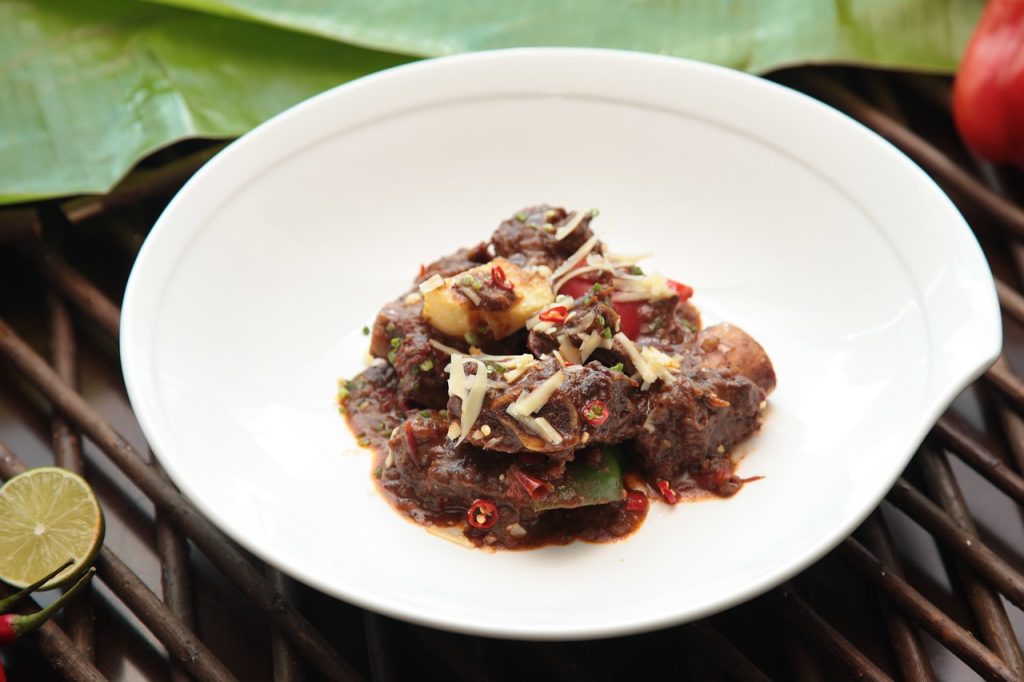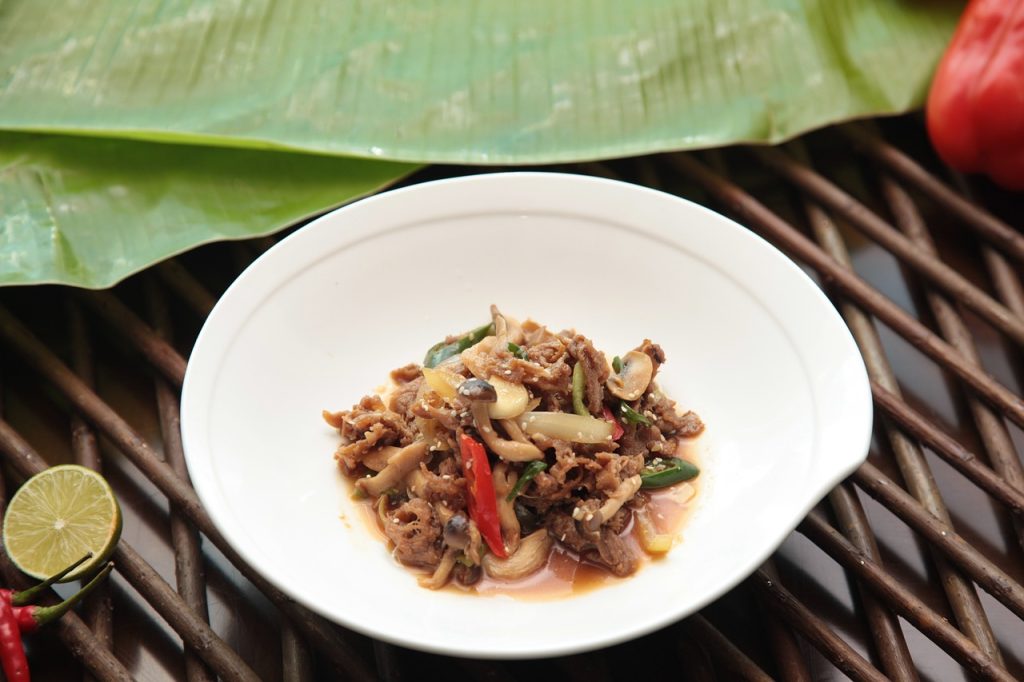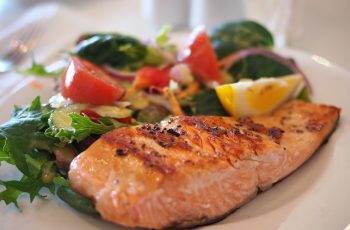Ad Blocker Detected
Our website is made possible by displaying online advertisements to our visitors. Please consider supporting us by disabling your ad blocker.
Pressure cookers have come a long way since their inception, constantly evolving and improving over time. From their humble beginnings as simple vessels to cook food faster and more efficiently, pressure cookers have made significant strides in both design and functionality. This article takes a closer look at the historical evolution of the pressure cooker, tracing its journey from its early origins to the modern, technologically advanced versions we see today. Explore the innovation and advancements that have shaped this kitchen appliance into a true culinary staple.

Early Development
Origins of pressure cooking
Pressure cooking, as we know it today, has a long history dating back centuries. The concept of cooking with pressure was first discovered by ancient civilizations such as the Egyptians and Greeks. These early cooks realized that by heating food in a sealed container, they could create steam and achieve faster cooking times. However, the technology necessary to control and regulate the pressure was yet to be developed.
Early experimental pressure cookers
In the 17th century, the French physicist Denis Papin invented the “Digester,” a sealed vessel that was used for cooking food under pressure. The Digester consisted of a steam-tight lid and a weighted valve that released excess pressure. While the early versions of the Digester were not the safest kitchen appliances due to the lack of pressure release mechanisms, they laid the foundation for future advancements in pressure cooking technology.
Industrial Revolution and the First Pressure Cooker
Invention of the first commercial pressure cooker
The Industrial Revolution in the 19th century ushered in a wave of technological advancements, and pressure cooking was no exception. In 1874, French inventor Charles Chamberland patented the first commercially successful pressure cooker. Chamberland’s device featured a venting system that allowed the release of steam when pressure reached dangerous levels. This innovation made pressure cooking safer and more accessible to households around the world.
Impact of the Industrial Revolution on pressure cooking
The advent of the Industrial Revolution brought about significant changes in manufacturing capabilities, allowing pressure cookers to be produced on a larger scale. With improved production processes and access to cheaper materials, pressure cookers became more affordable and widespread. As a result, pressure cooking gained popularity as a convenient and time-saving method of food preparation.
Advancements in Pressure Release Mechanisms
Introduction of weighted valves
The invention of weighted valves in the late 19th century revolutionized pressure cooking safety. Weighted valves acted as a pressure release mechanism by maintaining a preset pressure inside the cooker. Once this pressure was reached, the valve would lift, releasing excess steam and preventing the build-up of dangerous pressure levels. This breakthrough made pressure cookers even safer to use and reduced the risk of accidents in the kitchen.
Development of spring-loaded valves
In the early 20th century, the spring-loaded valve was introduced. This new pressure release mechanism allowed for more precise control over the pressure levels inside the cooker. The spring-loaded valve operated by compressing a spring against the steam pressure, and when the pressure exceeded a certain threshold, the valve would open, venting excess steam. The development of spring-loaded valves provided users with enhanced safety and improved cooking results.
The Rise of Electric Pressure Cookers
Introduction of electric pressure cookers
In the 1950s, a significant milestone in pressure cooking history occurred with the introduction of electric pressure cookers. These appliances eliminated the need for stovetop heat sources and allowed for more precise temperature and pressure control. Electric pressure cookers relied on built-in heating elements and sophisticated control systems to provide consistent and reliable cooking performance. This advancement revolutionized pressure cooking, making it even more convenient and user-friendly.
Benefits and popularity of electric pressure cookers
Electric pressure cookers quickly gained popularity due to their ease of use and versatility. These appliances offered programmable settings, allowing users to cook a wide range of dishes at the touch of a button. The ability to precisely control cooking time and pressure levels ensured consistent and delicious results. Moreover, electric pressure cookers were lauded for their energy efficiency, as they consumed less power compared to traditional stovetop models. The rise of electric pressure cookers marked a new era in home cooking technology.

Pressure Cookers in World War II
Role of pressure cookers in rationing
During World War II, pressure cookers played a vital role in rationing systems employed by countries involved in the conflict. With limited resources and an increased demand for food, pressure cookers became instrumental in cooking meals quickly and efficiently. The ability to cook tough cuts of meat and preserve precious fuel made pressure cookers a valuable asset during wartime rationing efforts.
Contributions to the war effort
Pressure cookers were not only useful for cooking food during wartime, but they also had other significant contributions to the war effort. In some instances, pressure cookers were utilized in the production of ammunition and military equipment, taking advantage of their ability to generate high levels of heat and pressure. This utilization of pressure cooker technology showcased its versatility and the importance of its development.
Improvements in Safety Features
Introduction of multiple safety mechanisms
As pressure cookers became more popular, manufacturers recognized the need for enhanced safety features to prevent accidents and ensure user confidence. Multiple safety mechanisms were introduced, including pressure indicators, locking systems, and overpressure release valves. These features worked together to monitor and control pressure levels inside the cooker, providing users with added security and peace of mind while cooking.
Advancements in pressure monitoring systems
Continued advancements in pressure monitoring systems have further improved the safety and reliability of pressure cookers. Modern pressure cookers are equipped with advanced sensors and microprocessors that accurately measure and regulate pressure levels throughout the cooking process. These monitoring systems can detect and respond to any deviations from the desired pressure, further reducing the risk of accidents in the kitchen.

Modern Innovations in Pressure Cookers
Introduction of programmable pressure cookers
In recent years, programmable pressure cookers have taken pressure cooking to new heights. These appliances feature pre-programmed settings for various cooking methods, such as sautéing, steaming, and slow cooking. The ability to program specific cooking times and pressure levels ensures consistent and precise results, regardless of the recipe being prepared. Programmable pressure cookers have become a staple in many kitchens, offering convenience, versatility, and exceptional cooking performance.
Smart features and connectivity
The modern pressure cooker landscape has seen the emergence of smart features and connectivity options. Some pressure cookers now come equipped with Wi-Fi or Bluetooth capabilities, allowing users to remotely control and monitor their cooking progress through dedicated smartphone apps. Additionally, these smart pressure cookers can access online recipe databases, providing users with a vast array of culinary inspiration and guidance. These advances in technology have made pressure cooking even more accessible and convenient for home cooks.
Pressure Cookers in the 21st Century
Growth in popularity and usage
In the 21st century, pressure cookers have experienced a resurgence in popularity. The busy lifestyles of many individuals, coupled with a growing interest in healthy and efficient cooking, have contributed to the increased demand for pressure cookers. As more people discover the benefits and convenience of pressure cooking, the market has responded with a wide variety of models and brands to cater to different needs and preferences.
Variety of pressure cooker models and brands
Pressure cookers are now available in various sizes, designs, and functionalities to suit different cooking requirements. From compact models perfect for small households to large capacity cookers for batch cooking, the options are plentiful. Additionally, numerous reputable brands have entered the market, offering consumers a range of choices when purchasing a pressure cooker. This rich diversity of pressure cooker models and brands has made it easier than ever for individuals to find the perfect appliance to suit their cooking style and needs.
Culinary Impact and Benefits
Faster cooking times and energy efficiency
One of the primary advantages of pressure cooking is the significant reduction in cooking time. By subjecting food to high pressure and elevated temperatures, pressure cookers can drastically reduce cooking times compared to traditional methods. This time savings not only benefits busy individuals but also contributes to energy efficiency, as less time and heat are required to prepare meals. Pressure cookers are lauded for their ability to tenderize tough cuts of meat, making them succulent and flavorful in a fraction of the time.
Health benefits and preservation of nutrients
In addition to the time-saving benefits, pressure cooking also offers numerous health advantages. The sealed environment created by pressure cookers helps to retain vitamins, minerals, and flavors that might otherwise be lost through boiling or prolonged cooking. Furthermore, the high heat and pressure achieved in a pressure cooker can break down tough fibers in food, making it easier to digest while preserving its nutritional value. Pressure cooking is especially suitable for legumes and grains, ensuring optimal nutrient absorption and aiding in healthy eating habits.
Conclusion
Summary of the historical evolution of pressure cookers
The pressure cooker has come a long way since its early experimental days. From the ancient civilizations’ discovery of pressure cooking to the innovations of the Industrial Revolution and the introduction of electric and programmable models, the pressure cooker has evolved into a versatile and essential kitchen appliance. With advancements in safety features, modern innovations, and a growing variety of models and brands, pressure cooking has become more accessible and user-friendly for home cooks worldwide.
Future trends and advancements
As the popularity of pressure cooking continues to grow, we can expect to see further advancements and innovations in the field. Future pressure cookers may incorporate even more advanced pressure monitoring systems, enabling precise control and customization of cooking settings. Additionally, as smart home technology continues to evolve, pressure cookers may seamlessly integrate with other kitchen appliances, enhancing convenience and expanding culinary possibilities. The future holds great promise for pressure cooking, as it continues to transform the way we prepare meals and explore new culinary horizons.

